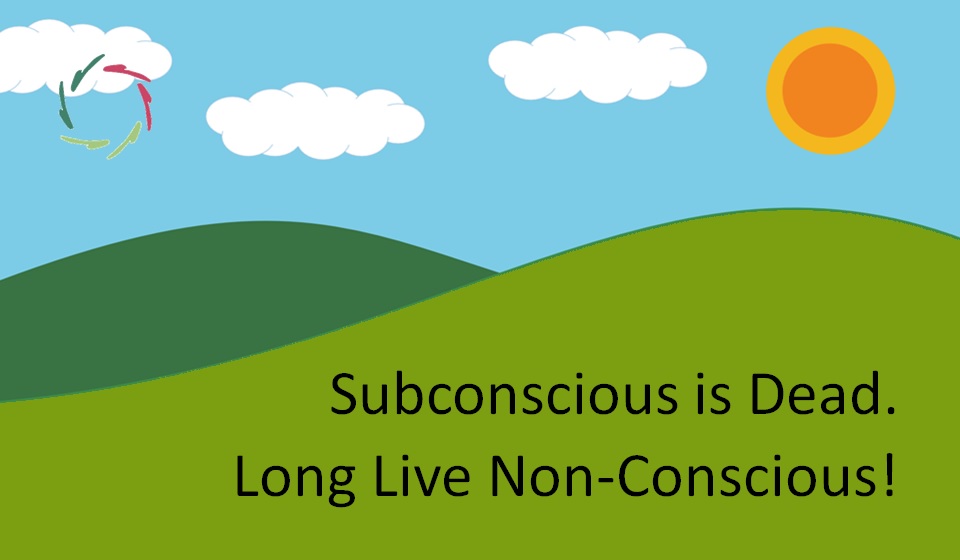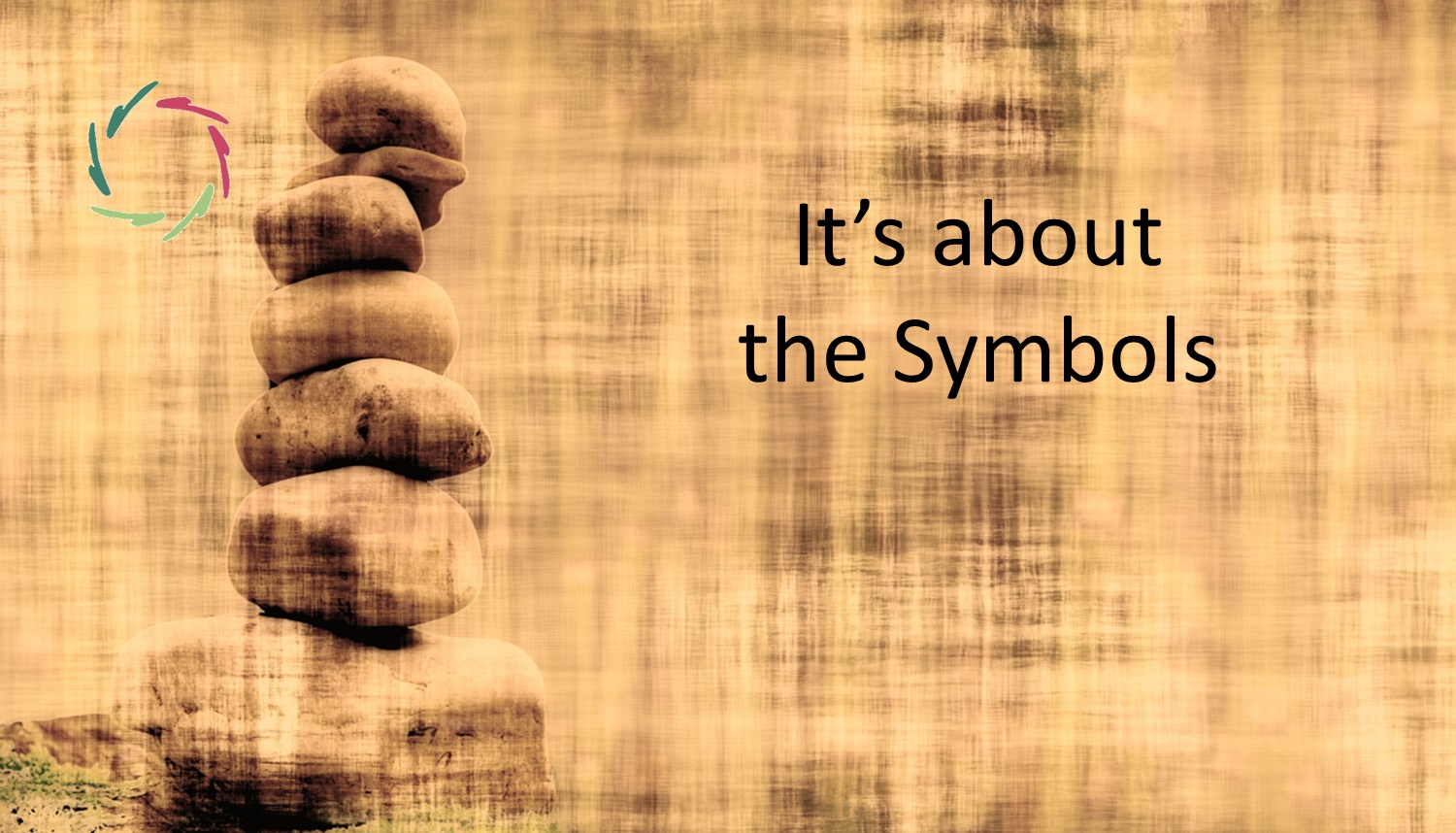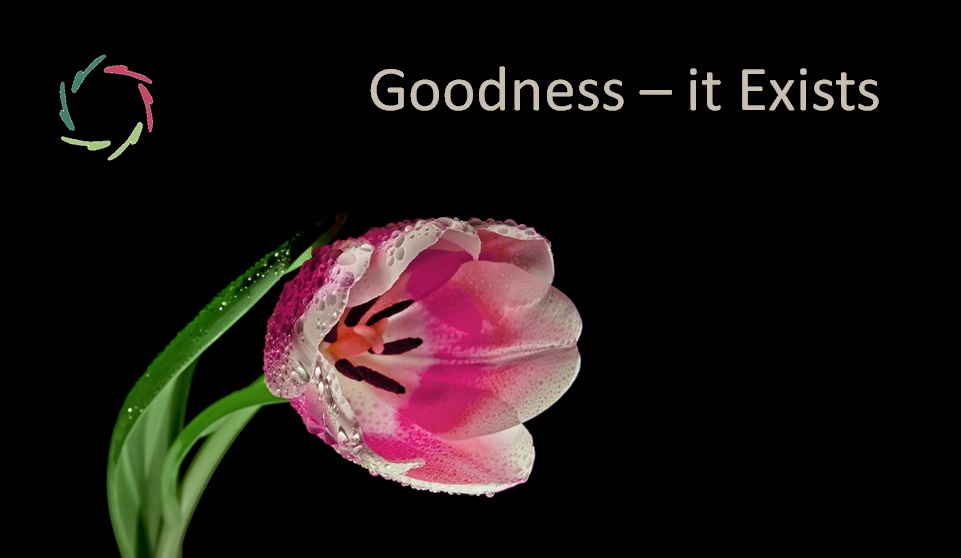Subconscious is Dead. Long Live Non-Conscious!

‘The subconscious’ stems from the Freudian take that some conscious-like thing lurks in the mind behind a fence of repression, ready to jump forward or wreak havoc from behind the fence. Contrary to this, the non-conscious is just plain and hard modern cognitive neuroscience.
Freud still engenders much resistance.
Putting this in history, let’s go to the decades before Freud ― say, before 1900. Insights about non-conscious processing were painstakingly – and error-pronely, for sure – being gained in philosophy (Kierkegaard, Schopenhauer, Nietzsche) and theories of suggestiveness. Craving to be ‘scientific,’ Freud inserted much conceptuality where it didn’t belong, wringing weirdness into his grand theory only for the theory’s sake. This brought him status for some decades, followed by a backlash of resistance.
This resistance is shooting at the wrong target inasmuch as it conflates subconscious with non-conscious.
I prefer the term ‘subconceptual.’
It nicely denotes the distinction with concept-based (conceptual) mental processing. For more, see subconceptual versus conceptual.
Subconceptual does not entirely overlap with non-conscious. For instance, one can be subconceptually conscious of some intuitive content: You “know but cannot pin it down.” On the other hand, one can be non-consciously yet conceptually mentally active. For instance, having driven home through the daily route without recollecting any conscious awareness of what happened.
Apart from this, talking about subconceptual is mainly about non-conscious ― but not the Freudian subconscious. Historically, we can build upon pre-Freudian ideas about non-conscious mental processing while sifting Freud for some gems. Let’s move on since it’s direly needed.
Moving on, we enter into what looks like a paradigm shift.
For those interested in the philosophy of science, see Thomas Kuhn, arguably the most influential philosopher of science of all times. Kuhn posited the term paradigm as a set of scientific puzzles to solve and for which the scientific community has a shared commitment ― what he calls a disciplinary matrix. Quoting from the above link:
“A crisis in science arises when confidence is lost in the ability of the paradigm to solve particularly worrying puzzles called ‘anomalies’. Crisis is followed by a scientific revolution if the existing paradigm is superseded by a rival. Kuhn claimed that science guided by one paradigm would be ‘incommensurable’ with science developed under a different paradigm, by which is meant that there is no common measure for assessing the different scientific theories.”
Looking from the future, what subconceptual theory is up to will be seen as an immense paradigm shift ― kind of a revolution in medicine, more broadly: healthcare, more broadly: humanity. Thus, also in the waking up of humanism toward the same. In a way, being about the mind itself, this is not only a Kuhnian paradigm shift, but also an explanation of why and how such a shift occurs: between conceptual and subconceptual, and from a strong bias in our thinking to, hopefully, a lesser one. This was an enigma to Kuhn himself.
Humbly as always, I approximate this to the Lisa revolution. Please, hold on a bit.
Conceptual processing asks for conceptual science.
For instance, in healthcare, present-day science has been developed on the basis of a conceptual science view. This is still the primary paradigm (set of puzzles) for which puzzle pieces are sought and applied, be it more and more with tension-provoking results in anything mind-related. One can see this, for instance, in the exorbitant prescription and intake of psychopharmaceuticals. From within the paradigm, though, it seems like the conceptual way is the only way.
Note that double-blind RCTs – the pinnacle of modern medical science – were developed a few decades after WW-II. Not coincidentally, this was in the wake of the discovery of several lines of pharmaceutical products ― conceptual creations asking for conceptual science within modern Western, conceptually based medicine.
Ironically, from pretty much its start in the 19th century, the latter’s endeavor was to emulate physical science (therefore: ‘physicians’), which went into its own paradigm shift decades before WW-II. Coincidentally, this shift in physics was one of the main inspirations for Thomas Kuhn in the sixties.
History happens fast and slowly, doesn’t it?
Psychotherapy – emulating medicine – has also mainly taken over conceptual science to prove its grid. Therefore, may the rampant reproduction crisis of scientific trials in this field be no surprise?
Subconceptual processing asks for subconceptual science.
Logically ― respecting the boundaries of conceptual science in both ways. This will not wipe out conceptual science. Likewise, quantum physical science doesn’t wipe out the classical one. However, it puts it in proper perspective, showing its advantages and constraints.
By enabling the management of a much higher degree of complexity, A.I. provides the means for this kind of transcendence in healthcare.
So, here comes the Lisa revolution.
An A.I.-driven coach-bot, such as Lisa, is particularly prone to transcending the merely conceptual. Note that neural network technology itself is inspired by the subconceptual. Lisa brings more advantages in this direction, such as a solid commitment to unbiased pattern recognition and completion, and transcending conceptual psychotherapeutic theorization. Scientifically, this also accords with the present-day interest in Real World Evidence: out of the conceptual lab with its brittle need for extrapolations and into the real world of total human beings. In doing so, one should keep all due respect for the conceptual side, not replacing but augmenting it with the subconceptual / non-conscious side.
This is precisely the aim of Real World Evidence in Lisa-science. We’ll see where it gets us into the realm of subconceptual mental processing ― while countering much nonsensical non-science in healthcare.
In my view, this promises to be a giant leap in our understanding of many present-day issues – say, atrocious crises – in healthcare and beyond. With ‘beyond,’ I mean potentially everywhere the mind is involved, and it is everywhere involved. At the same time, Lisa also stands for the application of newly found insights in the solution of many important health-related problems (and beyond). According to Kuhnian logic, such application is paramount to the development and ultimately ubiquitous acceptance of the new paradigm.
Humbly as always, I let the future decide.


